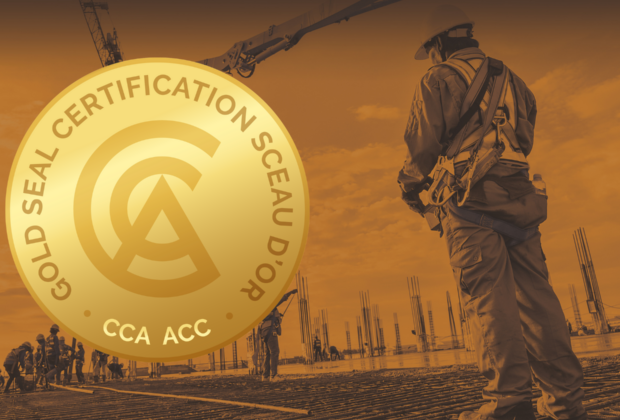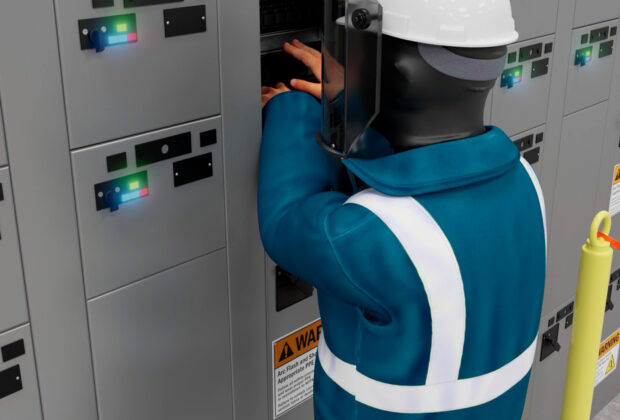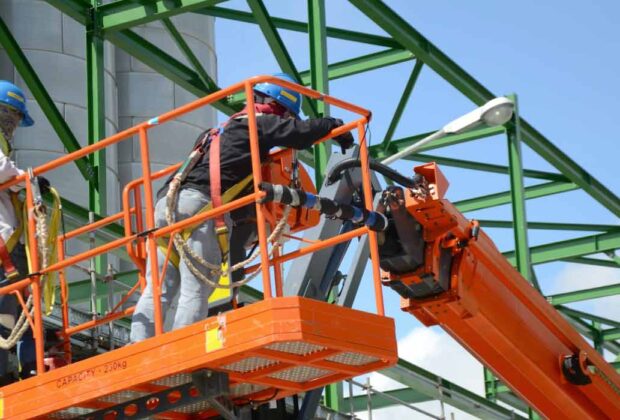What is WHMIS?
The acronym WHMIS stands for Workplace Hazardous Materials Information System. It was developed by the Government of Canada to set standards for communication of hazardous materials. This means everything from hazard classifications, labelling of containers, and the template for material safety data sheets (called MSDS or SDS) are all standardized across the country. WHMIS also sets a standard for worker education programs on hazardous materials.
Danatec’s WHMIS online training course is applicable to all industries and can be used for initial certification or re-certification.
What is the main purpose or goal of WHMIS?
The main goal of WHMIS is to provide information to workers and employers so everyone can feel safe on the job. The standardized approach means that every employer and employee in each province and territory across Canada knows the expectations surrounding WHMIS and how to handle hazardous materials. In fact, Health Canada acts as a central partner to ensure that every province and territory is compliant.
WHMIS regulators and key industry and labour stakeholders make up committees that handle the administration side of WHMIS. These committees are split into two and focus on different behind-the-scenes administration:
- The Intergovernmental WHMIS Coordinating Committee (IWCC) is focused on enhancing worker protection through the exchange of ideas and information to create policies, legislation, and associated regulations.
- The WHMIS Current Issues Committee (CIC) consists of a wide group of individuals, including officials from Health Canada, representatives of suppliers and employers, and OHS regulatory agencies from the federal, provincial and territorial levels. This committee acts as a consultant for any issues regarding the interpretation or modification of WHMIS. They also encourage government regulators and stakeholders to work together by sharing information with each other to enhance WHMIS compliance.
What is the difference between WHMIS 1988 and 2015?
The original WHMIS communication standard was developed in 1988 and was based on hazard classifications that were set out in two documentations that existed at that time: the Hazardous Products Act (HPA) and the Controlled Product Regulations (CPR). In 2015, the Canadian government implemented a new and improved version of these regulations, called the Hazardous Products Regulations (HPR). The changes in WHMIS 2015 mean that it is now aligned with the Globally Harmonized System of Classification and Labelling of Chemicals (GHS) for workplace chemicals. The GHS is a worldwide standard for chemical classification that was developed by the United Nations. Because there are quite a few differences between these two versions of WHMIS, you may see the original WHMIS referred to as WHMIS 1988, and the updated one referred to as WHMIS 2015.
The transition to WHMIS 2015 meant that federal, provincial, and territorial legislation needed to change, and suppliers also needed time to make the transition to the new WHMIS, so there was a time period of about a year (2018) where suppliers and employers worked to comply with the new rules. The chart below outlines current regulations for each province in Canada:

Danatec’s WHMIS online course (formerly known as WHMIS 2015) centres around 5 WHMIS stories, which bring in real life events, told by real people in real workplaces. The video, animations, engaging games and skill building exercises will make for an engaging interactive learning experience. Our course centres on elements that ensure the information is understood, retained and easily resourced.
Danatec’s course outline:
- What is WHMIS?
- WHMIS Hazard Groups
- WHMIS SDS
- WHMIS Symbols & Labels
- Personal Protective Equipment (PPE)
- What to do if something goes wrong? Emergency actions
- Special situations
WHMIS course features:
- Industry recognized, printable WHMIS certificate
- Live support Monday-Friday, 7am to 5pm MST
- Engaging learning content created by industry experts
- Same day certification, begin your training in minutes
- Shareable digital badge
What are Employee’s Responsibilities under WHMIS?
Workers are responsible for making sure that they have the tools and training that they need to be safe while handling or coming into contact with hazardous materials in the workplace. This means that workers have a responsibility under WHMIS to participate in all WHMIS education and training programs provided by their employer. In addition, employees must ensure that they protect themselves and their coworkers by identifying and controlling hazards. For instance, if an employee identifies a work task that is considered unsafe, they have the right to protect themselves and others by refusing the work.
How often do I need to take WHMIS Training?
There isn’t specific legislation on how often you have to take WHMIS training as a worker. However, one of the responsibilities of an employer is to periodically review their WHMIS education and training program.
Best practice for employers is to update their WHMIS training and education to reflect any changes in things like work conditions or hazardous materials information. In addition, refresher training is generally required:
- Periodically under the discretion of the employer to protect worker health and safety
- When workplace conditions change, or new products are introduced
- New hazard information is available
- New information about safe use, handling, storage, or disposable is available
Some areas require employers to perform an annual review of their WHMIS training and education and/or periodic testing of employee knowledge. It’s always a good idea to check with your local jurisdiction to ensure compliance.
Need WHMIS training in your workplace?
Find out how Danatec by We Know Training can help!



Comments are closed.